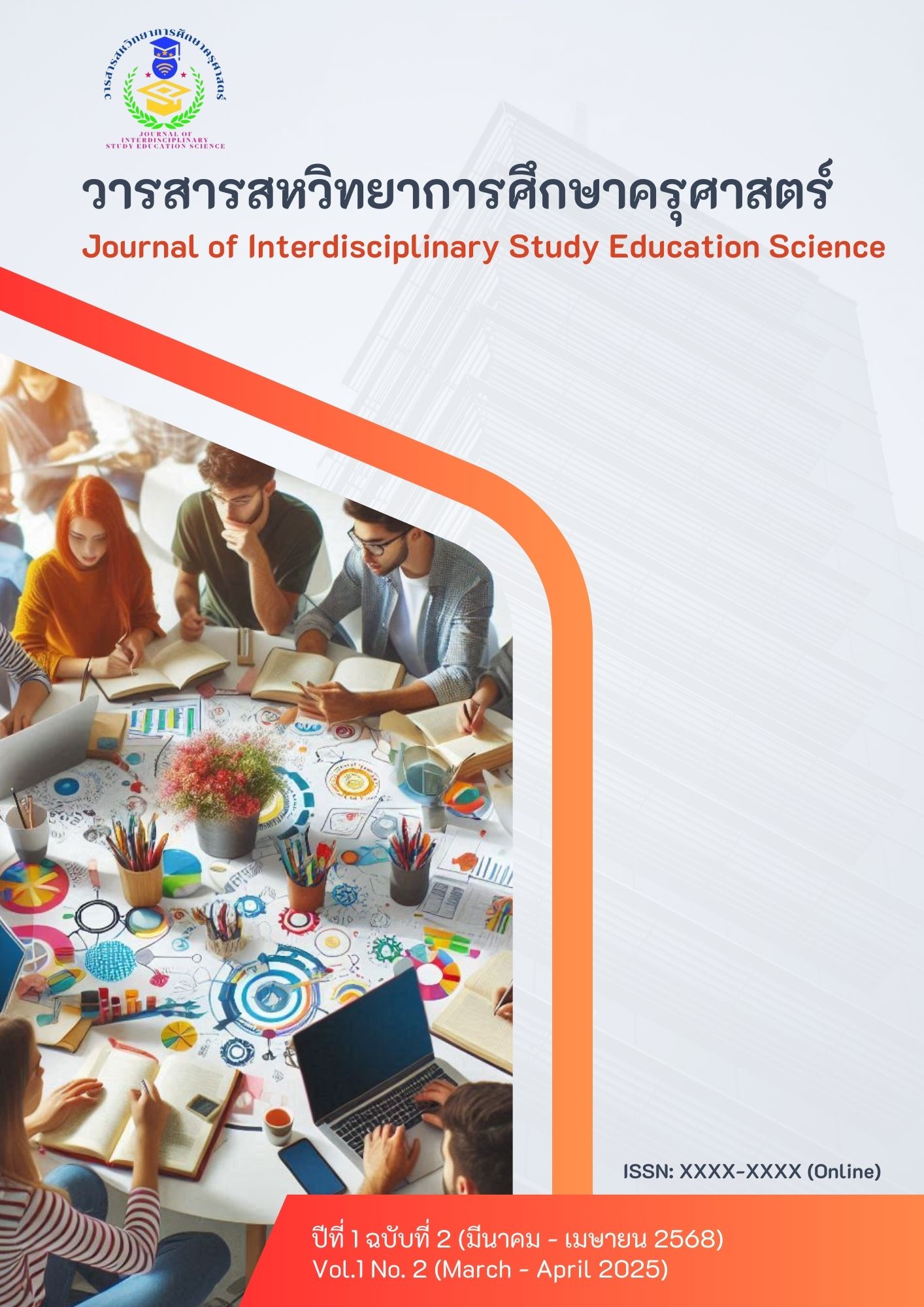Practical English Language Teaching Techniques for the Classroom
Main Article Content
Abstract
This paper presents English language teaching techniques that are practically applicable in the context of Thai classrooms. The focus is on techniques that promote the comprehensive development of English skills—listening, speaking, reading, and writing—while also enhancing learners' 21st-century competencies. The content analysis is based on published research from academic journals indexed in the Thai-Journal Citation Index (TCI) related to English language education at the primary, secondary, and tertiary levels.
Effective and practical teaching techniques for Thai classrooms include:
(1) Flipped Classroom – enabling students to prepare content in advance and make productive use of classroom time;
(2) Think–Pair–Share – encouraging student participation and practicing English communication;
(3) Six Thinking Hats – fostering multi-dimensional thinking and structured expression of ideas;
(4) Active Learning – promoting hands-on practice and problem-solving; and
(5) Use of multimedia such as movies, cartoons, or audio clips – enhancing learning motivation and better understanding of language in real-life contexts.
The ACT-E model, consisting of four components—A (Active engagement), C (Connection to real-life context), T (Thoughtful integration of techniques), and E (Evaluation for development)—is proposed as an adaptable framework for English classrooms in various Thai educational contexts. The emphasis is on flexibility, student involvement, and practical application of knowledge.
The recommendation is that educators should understand and be able to adapt various teaching techniques to suit their learners' contexts, in order to foster effective and sustainable English language learning in Thai classrooms.

